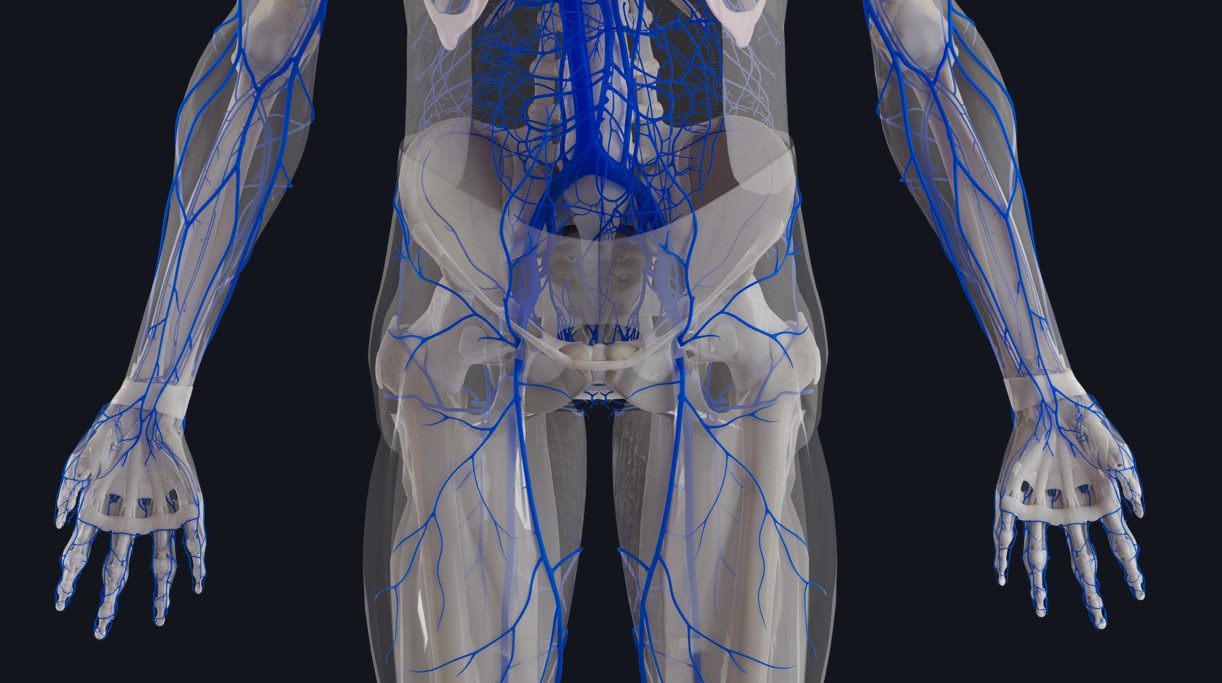
The veins in your body are primarily responsible for returning blood to the heart from the peripheral tissues. However, we have also developed other ways to use them, notably as a highway to transport medicines to the rest of the body ?️
We’ve appreciated some of the medical uses of veins in a recent snippet where we looked at taking a blood sample and injection sites. Now let’s dive a little deeper and travel inside the remarkable venous system ?
Intravenous – or within the vein – is a term commonly used in medicine. The interconnected network of veins allows a treatment to be introduced at one location, with the knowledge that it will be quickly distributed throughout the entire body as it is carried by the blood ❤️ We make use of the venous system as a means of communication to the rest of the body when we:
- administer IV antibiotics for rapid action ?
- distribute fluids around the body of a dehydrated patient who is unable to take in fluids orally ?
- take blood out of the body to be tested ?
All of the above can be achieved by accessing a vein lying superficially under the skin.

We have also developed therapies that involve entering the venous network at a peripheral point, like in the arm or leg, and feeding a tube through the vein all the way back to the heart, or to another location in the body ?
An example of this would be a PICC line, or a peripherally inserted central catheter. Some drugs that are delivered intravenously are toxic and would cause damage to the surrounding tissue if they were delivered directly into a peripheral vein ⚠️ To overcome this, a soft tube can be inserted into a vein in the hand and threaded through this vein towards the heart to deliver the medication in a place where a higher blood volume will dilute the toxic drug. This is sometimes used for delivery of chemotherapeutic drugs.
Learn anatomy from the ground up, or use the power of 3D to supplement your lab or placement shifts with the world’s most advanced 3D anatomy platform. Try it for FREE today.